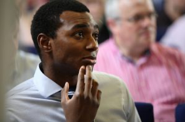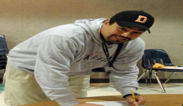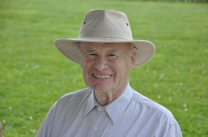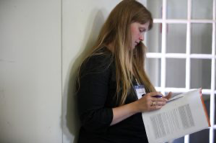Purpose
Often, you’ll know your purpose at the exact moment you know your audience because they’re generally a package deal:
- I need to write a letter to my landlord explaining why my rent is late so she won’t be upset. (Audience = landlord; Purpose = explaining/keeping her happy)
- I want to write a proposal for my work team to persuade them to change our schedule. (Audience = work team; Purpose = persuading/to get the schedule changed)
- I have to write a research paper for my environmental science instructor comparing solar to wind power. (Audience = instructor; Purpose = analyzing/showing that you understand these two power sources)
How Do I Know What My Purpose is?
Sometimes your instructor will give you a purpose like in the third example above, but other times, especially out in the world, your purpose will depend on what effect you want your writing to have on your audience. What is the goal of your writing? What do you hope for your audience to think, feel, or do after reading it? Here are a few possibilities:
- Persuade/inspire them to act or think about an issue from your point of view.
- Challenge them/make them question their thinking or behavior.
- Argue for or against something they believe or do/change their minds or behavior.
- Inform/teach them about a topic they don’t know much about.
- Connect with them emotionally/help them feel understood.
Exercise 2.2.1
Below you’ll find six pictures of people with some information about each person included. Choose two people to write letters to. The purpose of your letter writing is to ask these people to give you $100. Please follow these two rules: you cannot say you will pay the money back, because you won’t. You’re not asking for a loan. Also, you cannot lie or exaggerate about why you need the $100. Think of a real reason. We could all use $100, after all! With these parameters in mind, how will you manage to persuade these people to give you the money?

Figure 1
Jeremiah is the director of a non-profit organization that helps homeless youth get an education. He is thirty-three and is married with three small children. In his free time, Jeremiah enjoys practicing karate, hiking with his wife and kids, and reading historical fiction.

Figure 2
Deborah is a forty-year-old professional violinist who plays full time in the Portland Symphony Orchestra. She considers the orchestra to be her family. She isn’t married and doesn’t have children. When she’s not practicing her instrument, Deborah enjoys painting with acrylics and cross-country skiing.

Figure 3
Ronaldo is a twenty-seven-year-old middle school biology teacher who also coaches track and field. He and his wife have just adopted two children from Haiti, so most of Ronaldo’s free time is spent reading parenting books and being the best father he can be.

Figure 4
Henry is a retired CEO for a fishing rod manufacturing company. At the age of eighty-four, he still enjoys fly fishing all over the Pacific Northwest. He is recently widowed and has seven grandchildren who go fishing with him regularly.

Figure 5
Michelle is a pediatric doctor who specializes in childhood leukemia. She is thirty-five and newly married to an ER doctor. They support each other’s research projects and other professional goals. They don’t want children, feeling that their work is their primary life focus.

Figure 6
Grace is a twenty-year-old Marine in a family of Marines. She met her partner Jane during basic training, and they are planning to get married after they’ve both finished college. Grace’s hobbies include kickboxing, wakeboarding, and training her dog, Boss.
Photo Credits
Figure 1: “Listening at a conference” by BMA is licensed under CC BY-NC 2.0
Figure 2: “Barka Fabianova” by Cordella Hagmann is licensed under CC BY-NC-SA 2.0
Figure 3: “Slongood” by bidding is licensed under CC BY 2.0
Figure 4: “The Grandfather” by Xavez is licensed under CC BY-SA 2.0
Figure 5: “Waiting to Speak” by The BMA is licensed under CC BY-NC 2.0
Figure 6: “Expert Infantry” by DM-ST-86-05538 is licensed under CC BY 2.0
(adapted, in part, from Academic Writing I by Lisa Ford)

